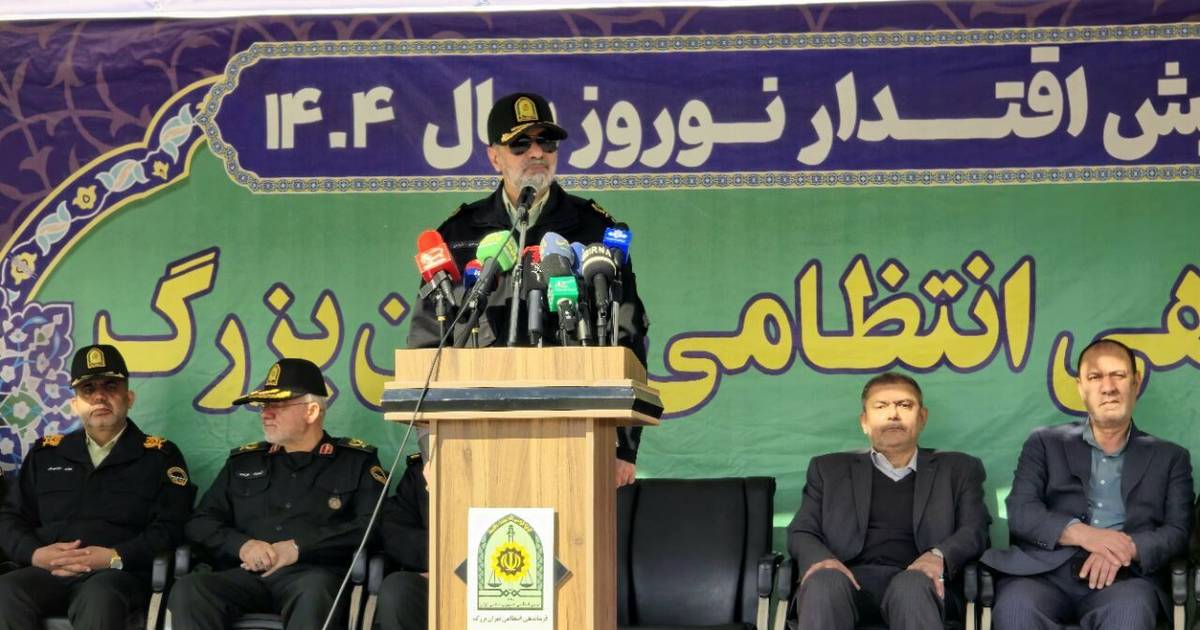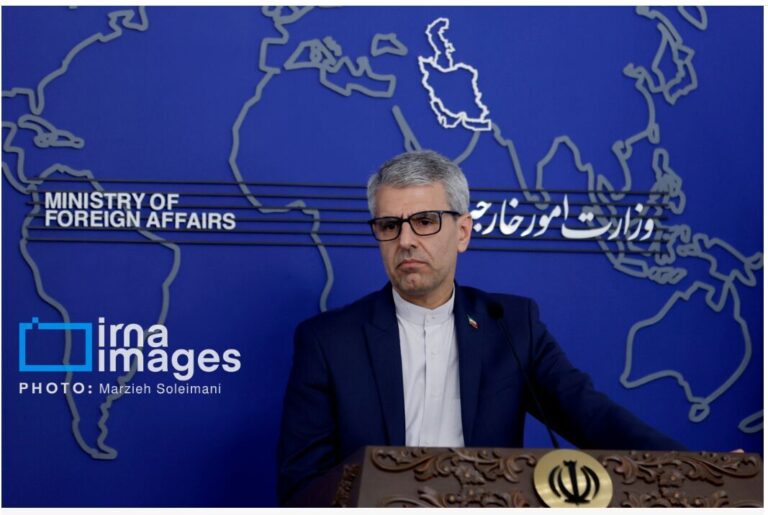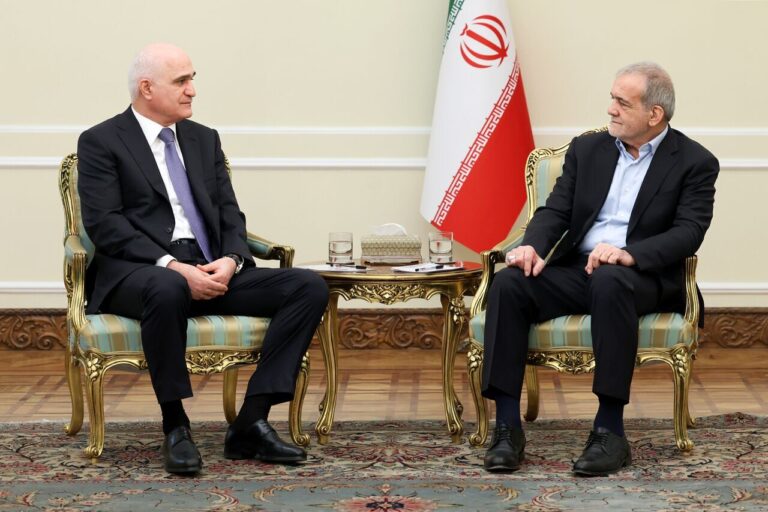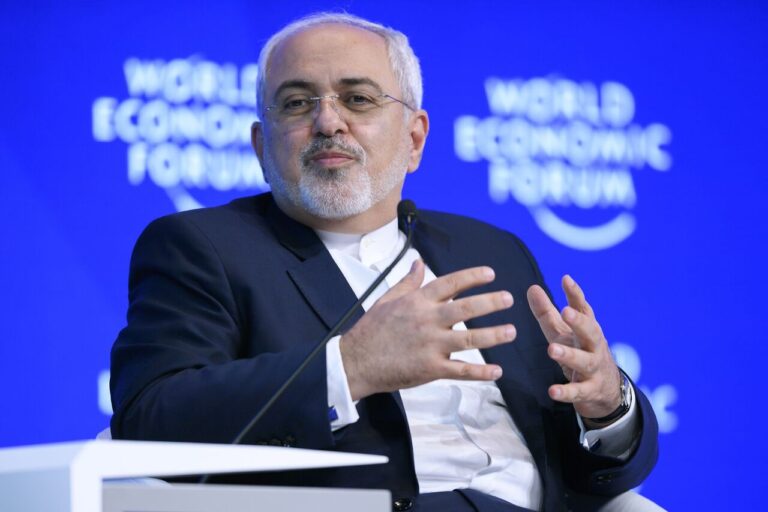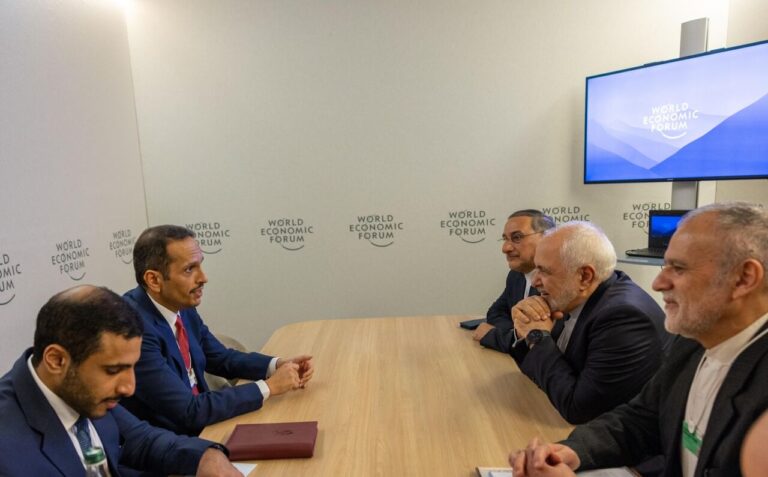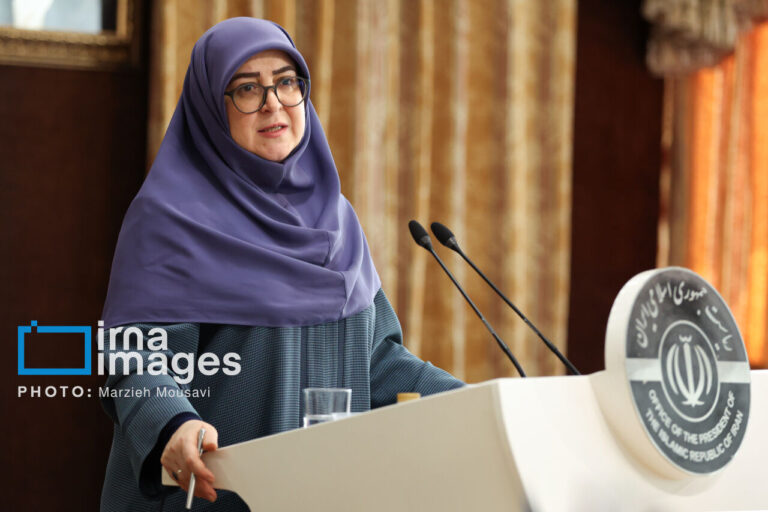Iranian Police Enforce Border Closures as New Year Approaches
As Iran enters the new year, the focus turns to enhanced border security and a robust approach to combating crime. General Ahmad-Reza Radan, the national police commander, has outlined ambitious plans aimed at sealing the country’s borders and tackling the rising crime rates that have emerged due to economic pressures.
On Wednesday, General Radan emphasized that the Iranian year 1404, starting this Friday, will witness significant improvements in border security. He stated, “The border and its closure were among the challenges for the police in 1403,” indicating that the upcoming year will bring a decisive shift in operational capabilities and security measures.
The challenges faced by Iran are substantial, particularly with the illegal entry of up to 8 million Afghans since 2021. This influx has exacerbated the country’s existing economic difficulties, particularly in energy and water availability. Despite the pressing need for enhanced border protection, authorities have struggled to allocate sufficient resources to secure the extensive borders.
In April of the previous year, Deputy Police Chief Qasem Rezaei highlighted the importance of constructing a border wall with Afghanistan. He remarked that this initiative would “help prevent drug trafficking, the movement of outlaws, and terrorist infiltrations.” The ambitious border fortification plan includes:
- A four-meter concrete wall
- Barbed wire fencing
- Improved road access along the northwestern and eastern borders
This project is set for completion within the next two years, marking a significant step in Iran’s border management strategy.
In conjunction with border security efforts, Radan also shared key priorities for the police for the year 1404, which include:
- Reducing traffic violations
- Combating theft and the trade of stolen goods
- Intensifying the fight against drug-related crimes
He warned that “1404 will be a bitter year for thieves and those who deal in stolen goods,” referring to the rising crime rates that have accompanied the ongoing economic crisis.
To ensure public safety during the Nowruz 1404 celebrations, Radan detailed the extensive deployment of security forces. The Nowruz 1404 Exercise demonstrated police readiness, with over:
- 16,000 patrols
- 20 helicopters
- Dozens of drones
- More than 250,000 police personnel
These resources will be utilized to secure the nation from the borders to urban areas, providing a strong presence during the festivities.
In a report from Tehran’s police chief, General Abbas Ali Mohammadian, there was a positive note regarding crime statistics. He announced a 19% decrease in thefts in the capital over the past year, attributing this improvement to heightened police activity. Additionally, he noted an increase in emergency call responses and significant narcotics seizures.
Iranian police are also encouraging public cooperation and adherence to Islamic fasting rules during the simultaneous observance of Nowruz and Ramadan. They emphasized the importance of ensuring that celebrations align with Islamic principles.
While Nowruz is not officially prohibited, its pre-Islamic origins have long been contentious among religious hardliners who hold significant influence in Iranian politics. These groups often discourage traditional Persian celebrations, viewing them as remnants of a past that glorifies pre-Islamic Persian history.
In previous years, Iranian authorities have attempted to limit gatherings at historically significant sites such as Persepolis and the tomb of Cyrus the Great in Pasargadae. Such restrictions have occasionally led to clashes between authorities and participants, highlighting the ongoing tension between cultural heritage and religious conservatism.
As Iran embarks on this new year, the emphasis on bolstering border security and combating crime reflects both the challenges and priorities of the nation. With a comprehensive strategy in place, General Radan and the Iranian police aim to create a safer environment for citizens while navigating the complexities of cultural observances and societal expectations.
